Hello everyone, good evening.
Take a look at this.
These are the spray cans that have helped me through countless repairs. They’ve got quite the seasoned look, don’t they?
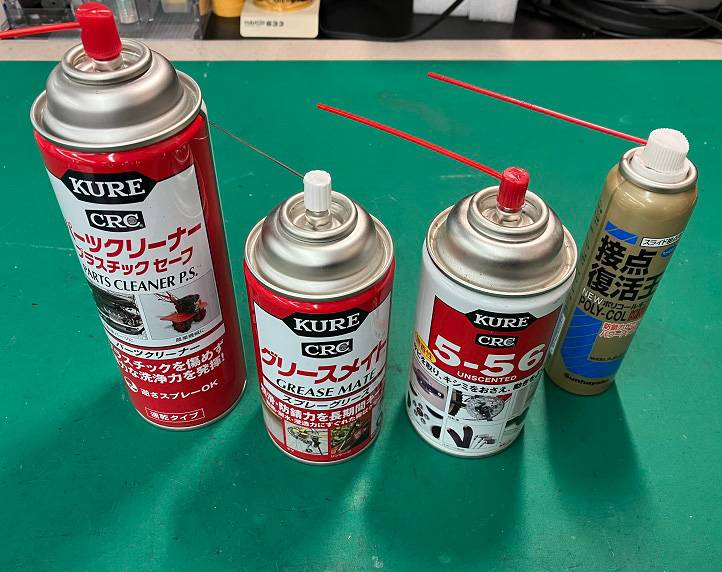
I’ve been using them casually, but upon taking a closer look at the ingredients, I noticed some commonalities and differences that seemed interesting. So, I thought I’d take a closer look at them and share my findings with you.
I hope you’ll read this post until the end.
Contents
KURE / Parts Cleaner P.S.
As the name suggests, this is a cleaner. It’s the most frequently used out of the four and can be used on both plastic and metal. It’s very handy because it can be used for initial tests even if you don’t know the composition of the dirt.
Additionally, its large volume is a high evaluation point.
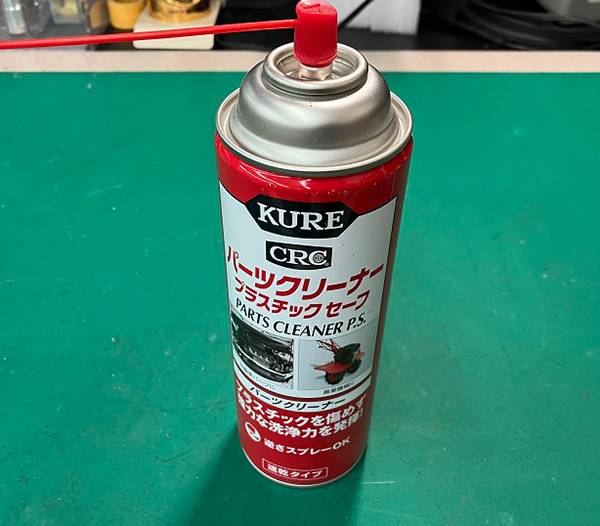
Regarding the ingredients, it’s made of high-purity petroleum-based solvents, containing Class 1 petroleum substances in Japan.
Class 1 petroleum substances are those with a flash point below 21°C at 1 atmosphere pressure:
Acetone, gasoline, benzene, toluene, pyridine, ethyl bromide, ethyl formate, ethyl acetate, methyl ethyl ketone, triethylamine, acrolein, acrylonitrile, ethyleneimine, acetonitrile.

You might think that Class 1 petroleum substances are dangerous because they have the lowest flash point among petroleum substances. However, this also means they have high volatility. The high volatility, meaning quick drying, is why they’re chosen as cleaners.
Indeed, it’s often used on electronic equipment, so quick drying is essential. It’s very well thought out.
KURE / Grease Mate
The Grease Mate is a lubricant based on mineral oil or synthetic oil. It has high viscosity, low volatility, and stays in place for a long period of time. Semi-solid lubricants like grease function under pressure, such as in door hinges or jacks. However, they are not suitable for parts that need to rotate at high speed with light force as grease can create resistance.
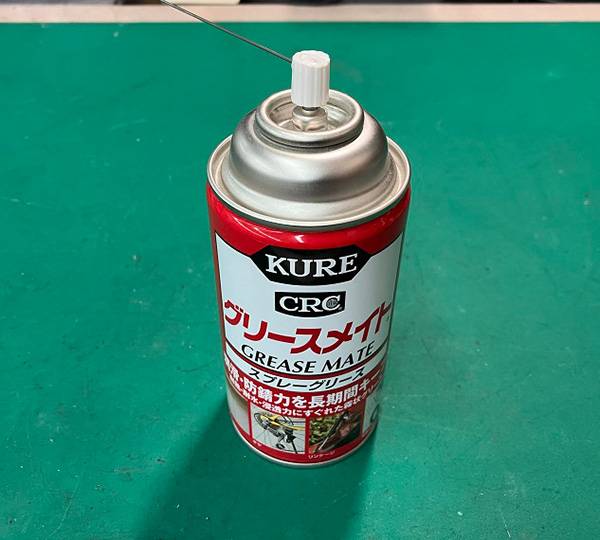
Regarding the ingredients, it consists of grease, petroleum-based solvents, and contains Class 2 petroleum substances.
Class 2 petroleum substances are those with a flash point between 21°C and 70°C at 1 atmosphere pressure:
Kerosene, diesel, acetic acid, acetic anhydride, xylene, chlorobenzene, nitromethane, turpentine oil, styrene monomer, acrylic acid, N,N-dimethylformamide, propionic acid.
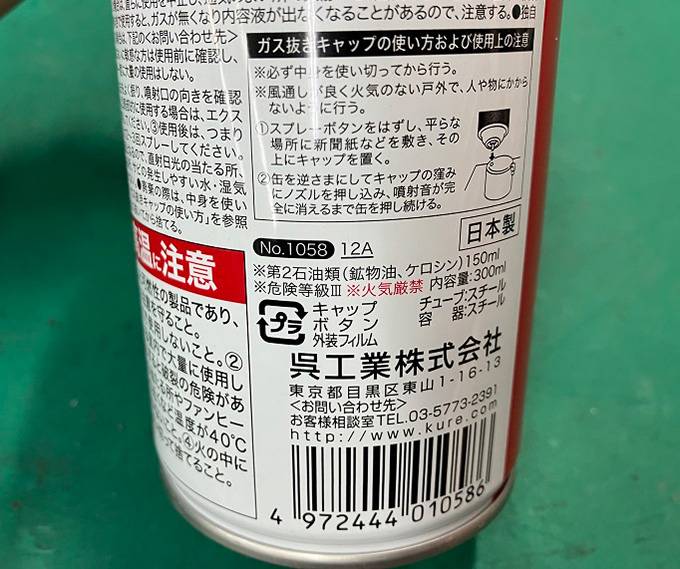
Compared to Class 1 petroleum substances, the flash point is higher, between 21°C and 70°C. In addition to the long-lasting retention, the extreme pressure, heat resistance, water resistance, and rust prevention properties make it highly likely to be chosen in the automotive and machinery fields.
KURE / 5-56
The 5-56 is a fluid lubricant that can penetrate narrow gaps, such as in screw threads or chains of metal parts.
Recently, I used it on the chain of a drum kick pedal to remove the rust, then used parts cleaner. It’s also an excellent rust remover.
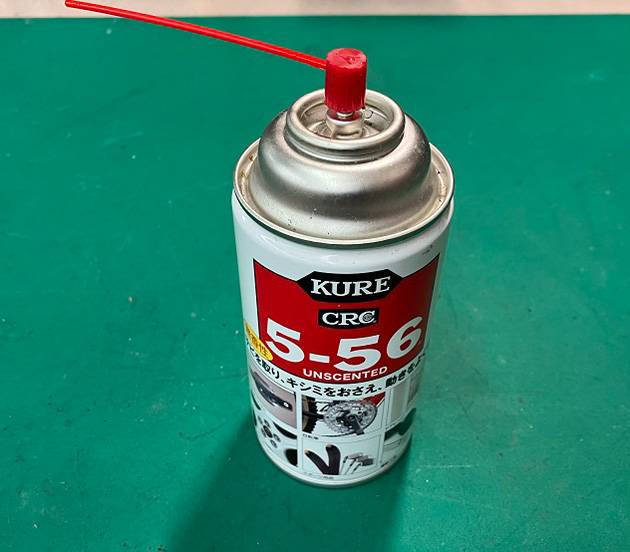
Regarding the ingredients, it contains mineral oil, rust inhibitors, petroleum-based solvents, and Class 3 petroleum substances.
Class 3 petroleum substances are those with a flash point between 70°C and 200°C at 1 atmosphere pressure:
Heavy oil, creosote oil, cresol, aniline, nitrobenzene, glycerin, ethylene glycol, tolylene diisocyanate, 2-cycle engine oil.
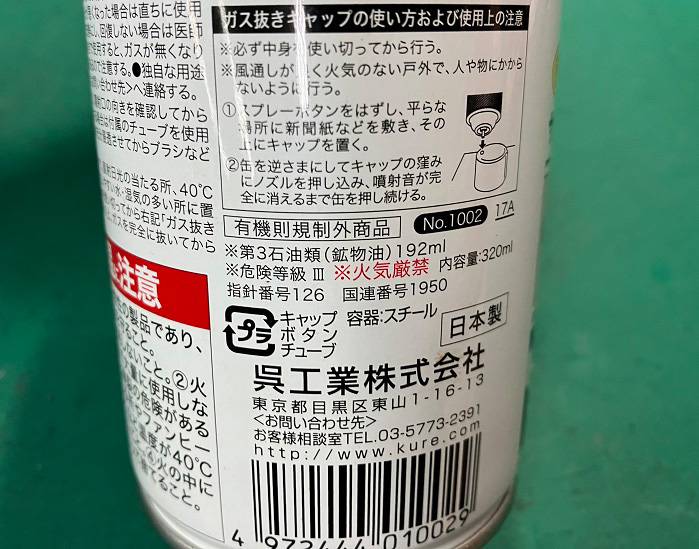
With a flash point between 70°C and 200°C, it is relatively safe at room temperature.
Personally, I often used it on bicycle chains. Somehow, there was always a can of it at home (have you had that experience too?).
Sunhayato / Contact Cleaner
This is a contact cleaner used for cleaning contacts such as phone jacks and USB terminals. It can resolve noise issues due to poor contact. Applying it thinly is key.
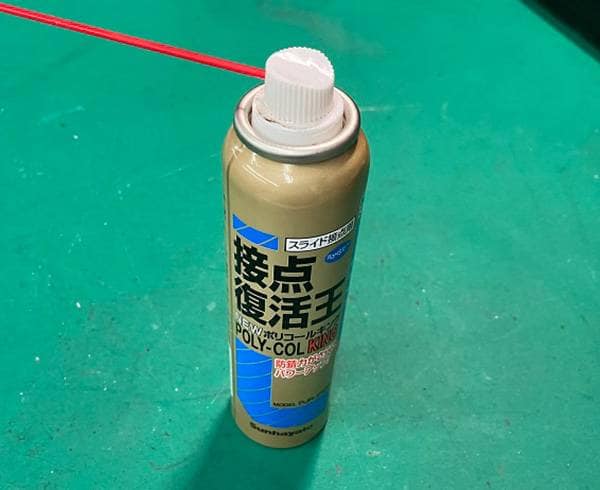
Regarding the ingredients, it only mentioned Class 4 petroleum substances.
Class 4 petroleum substances are those with a flash point between 200°C and 250°C at 1 atmosphere pressure:
Lubricating oils (gear oil, cylinder oil, turbine oil), tricresyl phosphate, dioctyl phthalate.
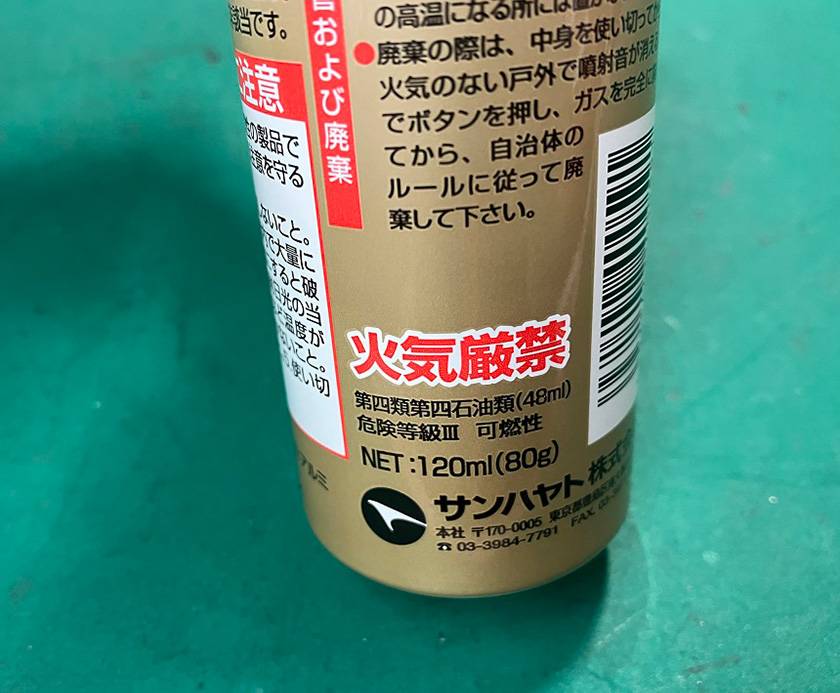
With a flash point between 200°C and 250°C, it is the least flammable among the four. The main substances listed under Class 4 are gear oils and cylinder oils, indicating they are not used as fuel.
Conclusion
How was it? While they all share the commonality of being petroleum-based, I hope you now understand their different uses and properties.
Gasoline, kerosene, and heavy oil are also classified as Class 1, 2, and 3 petroleum substances respectively.
Although accidents are not happening often, these petroleum-based sprays should be used and stored appropriately.
Today, as always, I greased up.
Thank you for reading. See you next time!






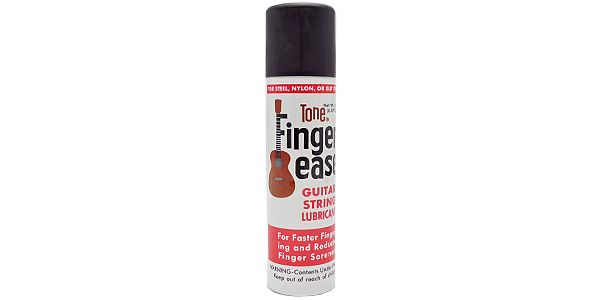
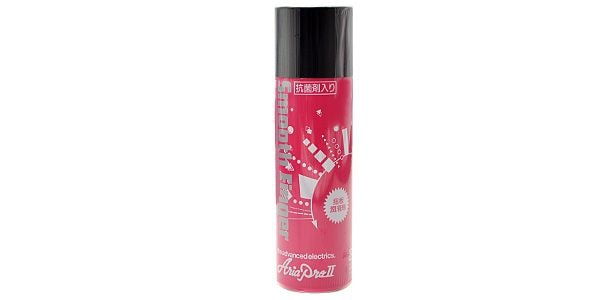
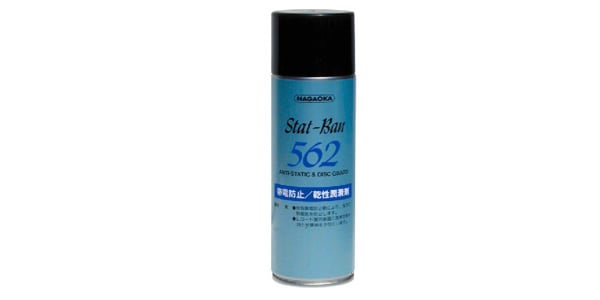

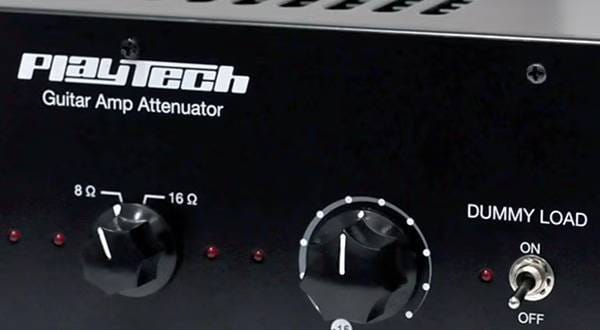



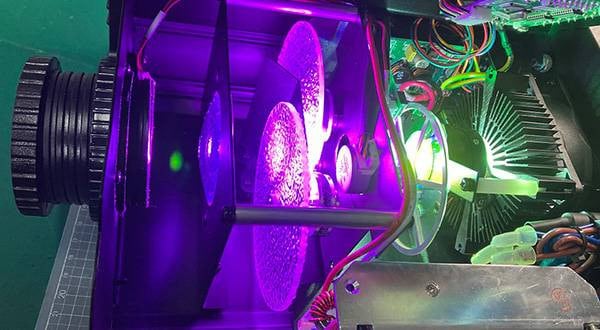
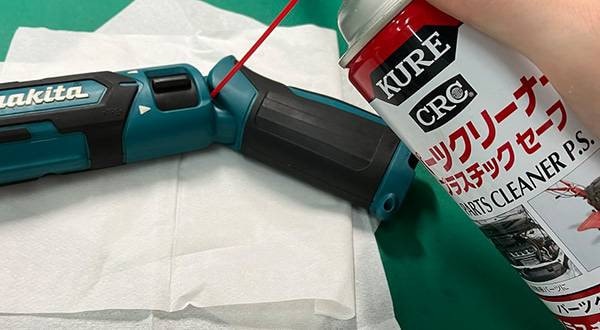
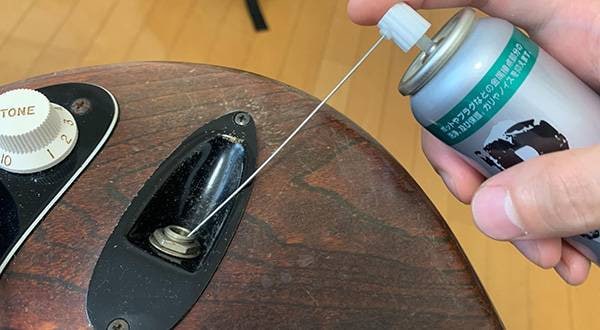
![Fret Cleaner Recommendation: If You’re Unsure, Just Buy This! [Music Nomad MN104]](/contents/uploads/thumbs/5/2022/11/20221129_5_20220_1.jpg)
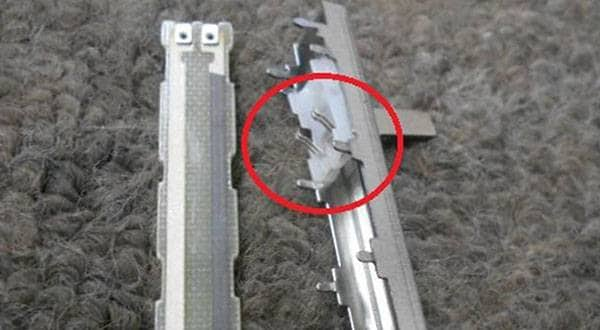
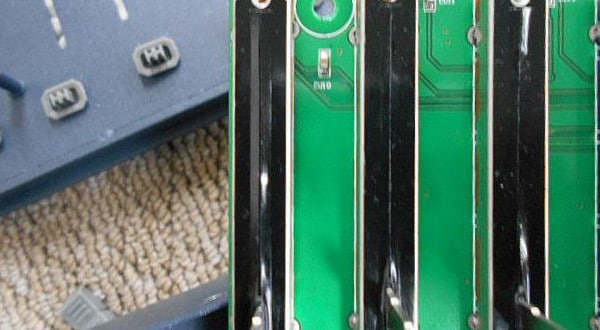
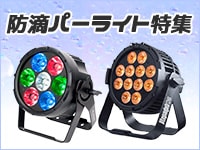 防滴パーライト特集
防滴パーライト特集
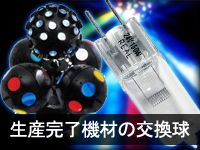 生産完了機材の交換球
生産完了機材の交換球
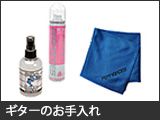 ギターのお手入れ
ギターのお手入れ
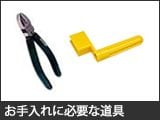 お手入れに必要な道具
お手入れに必要な道具
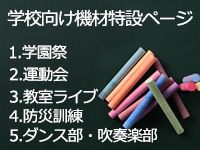 学校向け機材特設ページ
学校向け機材特設ページ
 照明入門講座
照明入門講座















